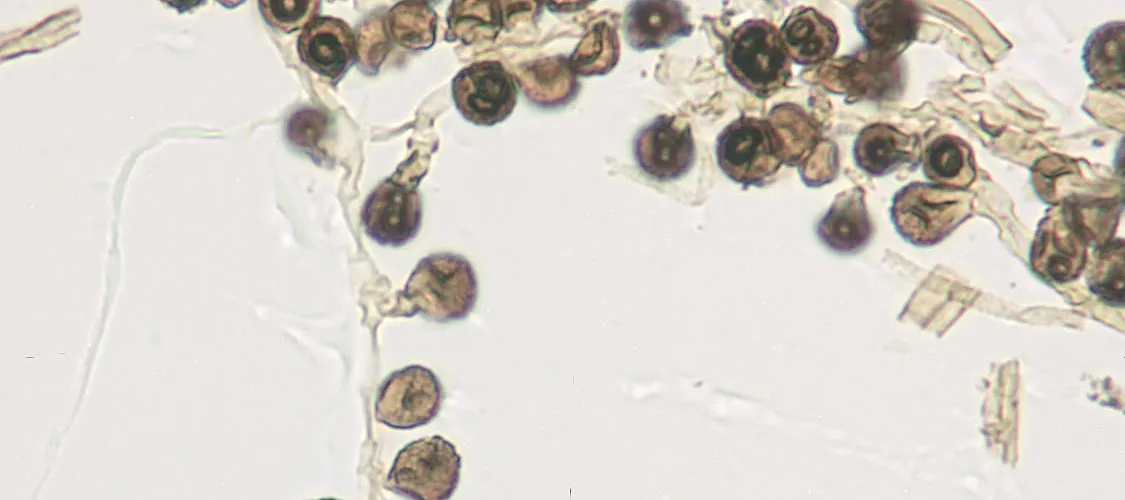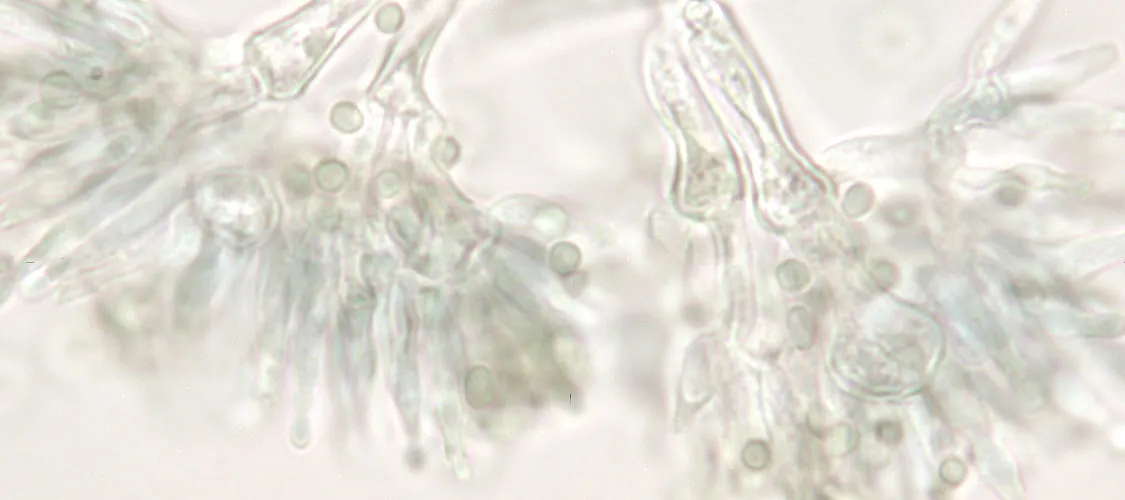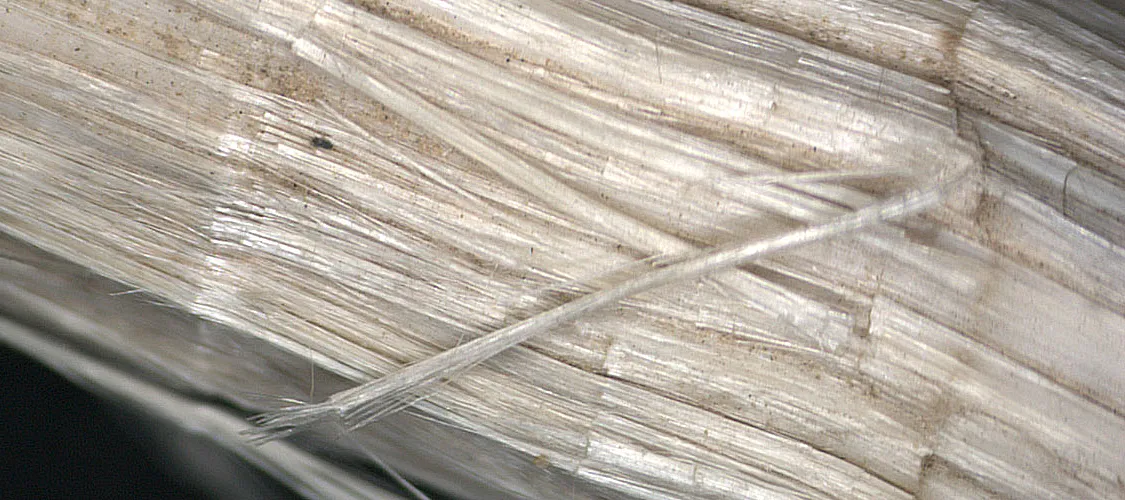Fiberquant Analytical Services has provided state-of-the-art analyses to the southwest United States since 1977, specializing in asbestos, lead-in-paint, silica, soot, and fungal analysis.
Expert Analysts
In microscopy, an analysis is only as good as the analyst performing it.
Fiberquant has always collected and retained the very best and brightest people. All analysts have at least a bachelor's degree in a relevant science, months-long extensive and rigorous training, and are dedicated to continuing improvement through attendance at technical conferences.
Our employees take pride in going the extra mile to give our clients the best that can be done.


Uncompromising Quality Assurance
Brilliant analysts, however, are not enough.
The analytical system must include an equally brilliant quality assurance (QA) program. Therefore, quality assurance is a large part of a Fiberquant analysis. For every analysis type, a comprehensive QA program has been planned and implemented, including analyst background and training, routine analysis of reference samples, routine calibration and equipment checks, routine re-analysis, analysis of blanks and spikes, the exchange of samples with other labs, and precise record keeping.
Integrity over Profit
We will not compromise the accuracy, precision or dependability of an analysis for the sake of profit.
We count fungal spores at 1000x oil-immersion. Even though to count that way is time-consuming, messy, and expensive, we feel the difference is obvious: at any magnification, the dry objective does not have the resolution or contrast to allow the analyst to count, and especially to identify, fungal spores.


State of the Art Processes
Unlike almost all other laboratories, Fiberquant specializes in phase contrast dispersion staining (PHDS) for PLM analyses of bulk building materials.
Its advantages over the usual central stop dispersion staining (CSDS) are:
- PHDS can be easily performed at magnifications of 100, 200 or 400x, rather than just the usual 100x for CSDS;
- With 400x PHDS, smaller fibers may be seen and characterized than possible with CSDS at 100x;
- The PHDS working range of wavelengths is narrower than for CSDS, so the refractive indices so calculated are more accurate;
- The background for PHDS is gray rather than CSDS black, allowing the background matrix to be seen (e.g., for a point-count quantification).
Fiberquant takes a "quality first" approach to business.
We take the time and effort needed to analyze your sample in order to achieve the most accurate results because we know the stakes riding on environmental analysis are just too high to cut corners.